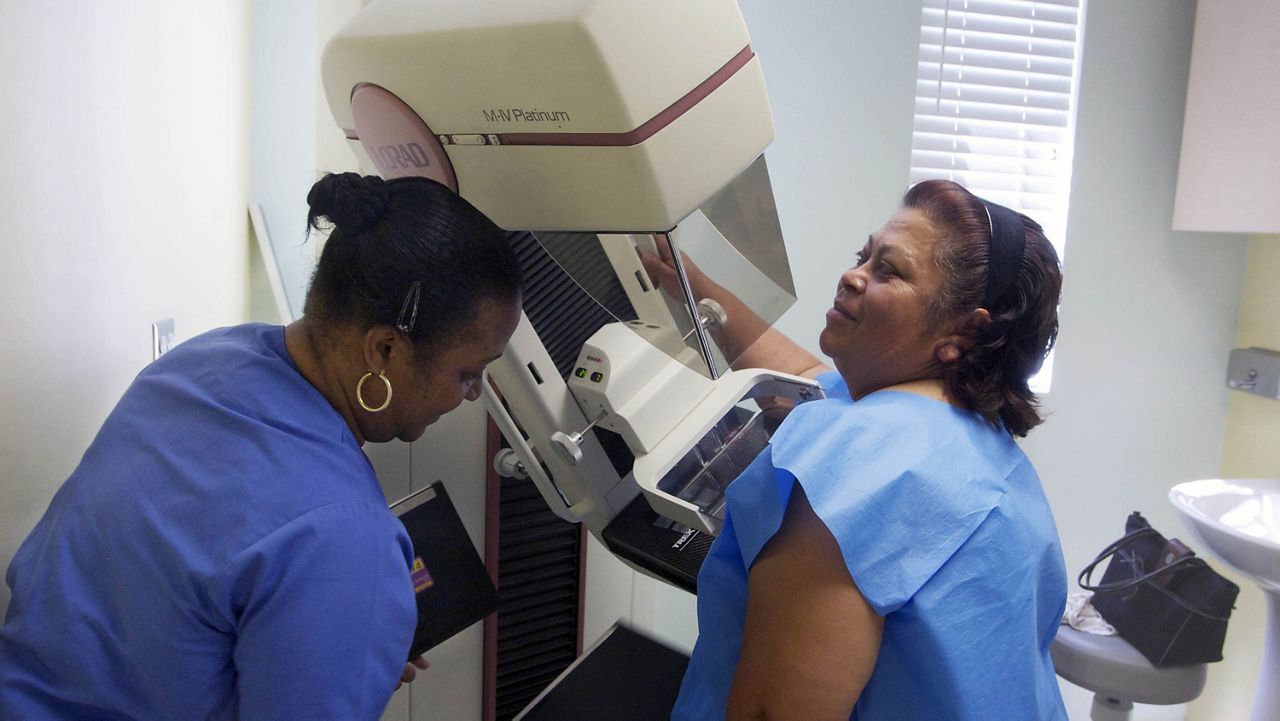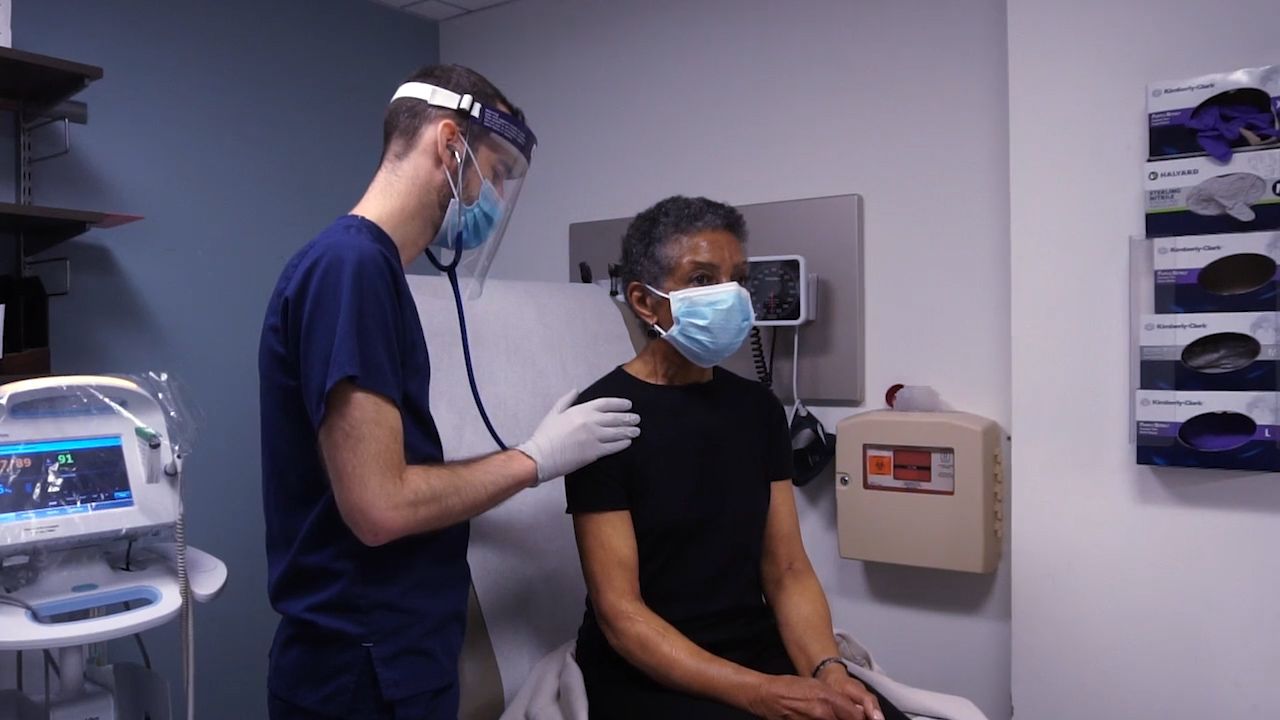The race to find a safe and effective coronavirus vaccine has progressed at an unprecedented pace. The first vaccine was approved by the FDA for emergency use last week, and a second is expected to receive approval in a matter of days.
Now, the focus will be on distributing the vaccines to the public – an effort requiring massive, large-scale coordination.
Before you start cleaning out your mask drawer, there are some things you should know:
Manufacturing of the most promising vaccines is already underway as part of Operation Warp Speed – the government’s initiative to accelerate vaccine production— meaning doses are ready for distribution once the vaccine is approved for emergency use.
Even with the head start, however, there won’t be enough doses for everyone right away. Pfizer and Moderna estimate they can produce a combined 40 million doses for the U.S. by the end of the year, enough to vaccinate 20 million people, since two doses per person are needed.
Approximately two billion more doses will be produced by those two companies over the course of 2021, which will provide vaccination for one billion people. Still, with a global population of more than 7 billion, most of us will have to be patient, especially as other manufacturers finish additional vaccine trials.
A special advisory committee to the CDC has worked for months to create fair guidelines for who should get the vaccine first. The committee recommends distribution prioritizing those in immediate high risk groups.
In Phase 1A, healthcare workers and residents of long-term care facilities receive the vaccine. That recommendation is based on the belief that doctors, nurses, home health aides, and others serving on the frontlines of the pandemic, should be able to treat COVID-19 patients without jeopardizing their own health.
The recommendation also protects residents of nursing homes and assisted living facilities, which account for a high percentage of severe COVID-19 illnesses and hospitalizations.
Phase 1B of vaccine distribution will include other essential workers—police officers, transit workers, teachers and grocery store clerks— whose jobs may put them at greater risk of contracting the virus.
In Phase 1C, adults with serious medical conditions and seniors 65 and older can access the vaccine.
Once those in high risk groups have had the opportunity to be vaccinated, the general public will be able to get the shots, although certain people may need to wait even longer before they are eligible. For instance, with little research into how a vaccine might impact children, it may take some time before one is approved for them.
Phase 1A distribution will happen at targeted locations such as hospitals, nursing homes, and workplaces. The CDC is partnering with several major pharmacy chains, to send pharmacists into these facilities to administer the shots on site.
Once the vaccine becomes widely available, you’ll likely go to the same place you go to get your annual flu shot — the local pharmacy, health clinic, or doctor’s office. In some places, large-scale vaccination clinics or mobile operations will be needed to meet the high demand.
Details like which facilities will receive the vaccine and how much each location gets will be sorted out by state and local health authorities, to tailor distribution to local needs.
The federal government is working with private sector companies to coordinate the safe shipment of the vaccines.
Some vaccines, including the recently authorized Pfizer vaccine, require freezers with super low temperatures, limiting storage and the quantity that can be transported at one time.
Although nothing is certain yet, the government has pledged that Americans will pay nothing for the vaccine itself. Lawmakers are also negotiating plans that would eliminate any out-of-pocket cost for the administration of the vaccine— which means no charge for that visit to the doctor’s office.







